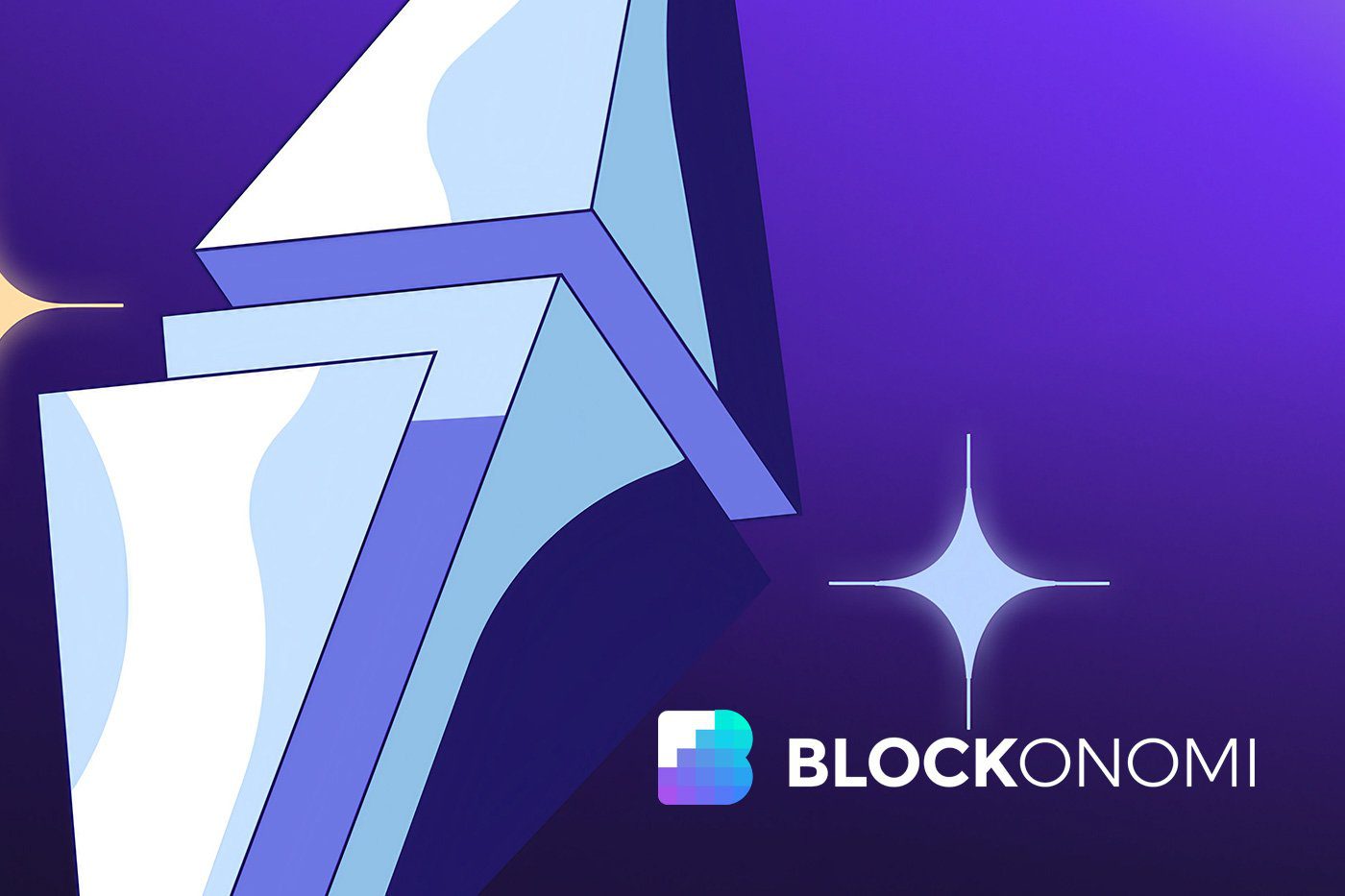Kraken Introduces Ethereum Restaking Feature Using EigenLayer Protocol

TLDR:
Kraken launched Ethereum restaking via EigenLayer for non-U.S. customers
Restaking allows users to earn additional rewards on already staked ETH
Kraken subsidiary Staked will act as the validator for restaked ETH
Total value locked in liquid restaking tokens has grown over 3000% this year
EigenLayer’s EIGEN token recently unlocked for trading at a $6.7 billion valuation
Kraken, a leading cryptocurrency exchange, has announced the launch of Ethereum restaking via the EigenLayer protocol for its non-U.S. customers.
This new feature allows users to earn additional rewards on their already staked Ethereum (ETH) by participating in the security of decentralized applications (dApps) built on the EigenLayer network.
Restaking is a process that enables users to extend the utility of their staked assets by providing security to multiple protocols without unstaking them from the original blockchain. This innovative approach allows investors to potentially increase their overall yield while contributing to the broader ecosystem’s security.
The introduction of restaking on Kraken comes at a time of significant growth in the sector. According to data from DefiLlama, the total value locked in liquid restaking tokens has experienced a remarkable surge of over 3000% this year, reaching approximately $11 billion. This rapid expansion highlights the increasing interest and adoption of restaking among cryptocurrency investors.
Kraken’s restaking feature aims to simplify the process for its users, making it more accessible to a wider range of clients. Mark Greenberg, Kraken’s global head of asset growth, stated that the integration “significantly lowers” investors’ barriers to entry, as most crypto users are already familiar with centralized exchanges.
To implement this new offering, Kraken has partnered with its subsidiary, Staked, which will serve as the validator for ETH restaked through the exchange. Staked is a prominent EigenLayer operator, typically catering to institutional clients. This collaboration allows Kraken to leverage Staked’s expertise in the restaking space.
Users participating in restaking through Kraken will have the option to hold their rewards on the exchange or trade them for fiat currency or other cryptocurrencies. This flexibility provides investors with various options for managing their earnings.
It’s important to note that while the restaking feature is available in many parts of Europe, it is not accessible to customers in the United States and other jurisdictions where “geographic restrictions apply,” according to Kraken.
The launch of Ethereum restaking on Kraken coincides with recent developments in the EigenLayer ecosystem. The protocol’s native token, EIGEN, was recently unlocked for trading, nearly five months after the initial airdrop to early users.
The Eigen Foundation announced that the token would be unlocked on September 30, 2024, with major exchanges like Binance listing it for trading in pairs with other cryptocurrencies, including Bitcoin and Tether.
Kraken’s implementation of restaking involves using staked ETH to secure various decentralized platforms, known as Actively Validated Services (AVSs).
By providing security to these dApps, users become eligible for additional rewards on top of their standard ETH staking rewards. These rewards are typically paid out in AVS tokens, which represent the dApps that the restaked ETH helps secure.
Restaking comes with some additional considerations. EigenLayer implements a minimum 7-day escrow period, in addition to the unbonding period required to unstake assets from the Ethereum network. This means that accessing restaked ETH may take longer compared to standard staking on Ethereum.
To participate in EigenLayer restaking through Kraken, users need a verified Kraken Pro account at the Intermediate level or above, ETH in their spot or staked balance, and residency outside prohibited geographies, such as the United States.



